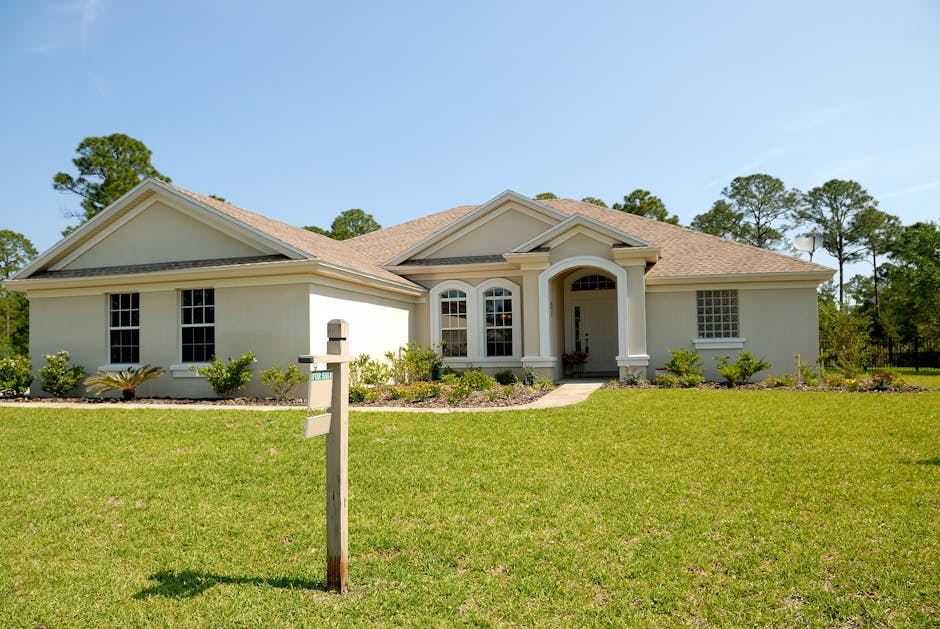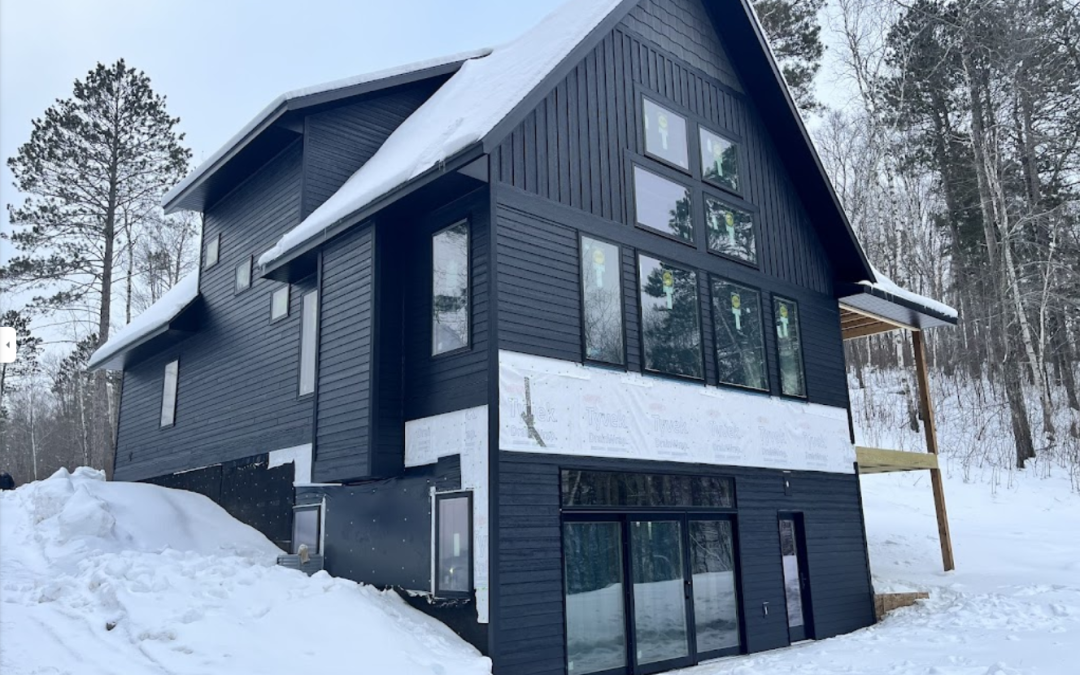Introduction
Living in Duluth, MN means confronting severe weather conditions and unpredictable climate challenges. When winter approaches, many homeowners turn to our seasonal roof care insights for practical maintenance tips. Homeowners must be prepared to deal with long snowy winters, heavy rainstorms in the summer, and occasional hail that can compromise the safety of a roof. This guide explains the clear signs of roof damage and provides expert advice on when to repair or replace a roof after severe weather. Regular inspections are important since early detection of damage can prevent costly repairs later on. The information presented has been carefully researched and tested by local professionals who understand Duluth’s unique weather conditions. Homeowners who are vigilant and informed will be better positioned to protect one of their most valuable investments. The guide is written in straightforward language that is easy to understand and is designed to empower residents with actionable insights. It combines practical experience with current industry trends so that even those new to roof maintenance can make sound decisions. Every sentence in this guide is intended to build trust and provide clarity that leads to effective roof care. By following these guidelines, you are taking an essential step toward ensuring your home remains safe, durable, and comfortable throughout the year.

Photo by Pixabay
Table of Contents
- Signs of Roof Damage
- Key Considerations for Roof Replacement
- FAQs on Roof Damage and Replacement
- Conclusion
- Author Information
- References
Signs of Roof Damage
After a severe weather event in Duluth, roof damage can be recognized by several clear signs. One of the first indicators to look for is that some shingles may appear curled, cracked, or missing due to the impact of intense winds and hail. Homeowners might observe shingles lifting at the edges or notice debris scattered near the home, which are important visual clues. In addition to shingle issues, water leaks accompanied by water stains on ceilings or in the attic reveal underlying problems. A careful inspection of both the exterior and interior of the home is essential to catch small leaks before they worsen. Damaged or rusted flashing around chimneys, skylights, or where parts of the roof join together is another warning signal. Evidence of granule loss from asphalt shingles, with granules visible in the gutters, supports the likelihood of significant wear. Structural irregularities such as sagging or uneven areas on the roof point to possible weakening of the roof deck. When these signs appear together, they indicate that the roof may need further evaluation by a professional. For a detailed overview of these warning signs, consult our roof replacement signals and gain additional perspective through our regional replacement best practices. Homeowners who attend to these early warnings can prevent more extensive damage and protect their home investment. Furthermore, for a thorough inspection checklist, take a look at our comprehensive roof inspection checklist. Additionally, routine roof maintenance can extend your roof’s lifespan; for extra pointers, consider our practical roof preservation strategies.
- Curled, cracked, or missing shingles
- Water leaks and stains on ceilings and attics
- Debris accumulation and granule loss in gutters
- Damaged or rusted flashing
- Sagging or uneven roof structures
Key Considerations for Roof Replacement
Deciding whether to repair or replace the roof depends on multiple factors that require careful consideration. One critical factor is the age of the roof, as asphalt shingles are typically expected to last between 15 and 30 years while Duluth’s severe weather may shorten that lifespan. It is important to evaluate the extent of damage, because isolated issues such as a few missing shingles might be resolved with repair. In contrast, widespread shingle loss, extensive granule erosion, and repeated leaks often indicate that a full roof replacement is more cost-effective over time. Homeowners should also consider the history of repairs and whether repeated issues have occurred despite previous interventions, a point highlighted in our expert repair-versus-replacement insights. Material selection is crucial, and choosing robust, long-lasting materials suited for Duluth’s climate can ensure improved durability. Explore a variety of resilient roofing options to find the best match for your home. Verifying that a contractor is licensed, insured, and experienced with local weather challenges helps secure reliable workmanship. Obtaining written estimates from multiple trusted professionals provides clarity and helps avoid unexpected expenses; for detailed insights into costs, refer to our roof replacement cost analysis. Factoring future maintenance costs alongside immediate repair expenses guides the decision between repair and replacement. Planning ahead with a roof replacement budget gives homeowners peace of mind and financial preparation for eventualities. For a comprehensive overview of the process, see our step-by-step home replacement blueprint. Additionally, consider weather impacts on roofing; review our climate-focused roofing insights.
| Condition | Recommendation |
| Minor shingle damage | Repair |
| Extensive damage or repeated issues | Replace roof |
FAQs on Roof Damage and Replacement
One frequently asked question is what the first signs of roof damage are, and usually noticeable issues include missing or damaged shingles along with water stains on ceilings. Homeowners often ask how frequently roofs in Duluth should be inspected, and experts recommend routine checks during the fall and spring seasons. Another common query pertains to the expected lifespan of various roofing materials, as harsh weather conditions can reduce longevity compared to ideal circumstances. Many residents wonder if a repair is sufficient when only minor damage is observed, while others ask how to decide when a full replacement is necessary. The answer depends on the overall condition of the roof and the number of repair events that have already occurred. Detailed inspections can reveal subtle signs of wear that professionals are trained to identify. Answers to these questions are rooted in both industry research and practical experience from local experts. Homeowners are encouraged to consult with trusted local contractors to receive personalized advice tailored to their specific roofing situation. For further guidance on selecting the right approach for your roof, review our resident-centric roof renewal resource.
Conclusion
To summarize, the current climate in Duluth, MN places significant demands on residential roofs and early detection of damage is vital. Homeowners must remain vigilant for signs such as damaged shingles, water leaks, faulty flashing, and structural irregularities. Regular inspections following severe weather events can prevent minor issues from escalating into major repairs. The decision between repairing and replacing a roof should be based on its age, the extent of damage, and the historical need for repeated repairs. Consulting with local, experienced roofing professionals ensures that you receive informed advice and reliable service. A proactive approach by investing in quality materials and scheduled maintenance can extend the useful life of your roof.

Photo by Alexander Isreb
By trusting expert advice, homeowners can make decisions that will protect their property for years to come. Ultimately, being proactive with roof repairs and replacements is a key step toward long-term home preservation. For more comprehensive roofing solutions and local expertise, connect with our trusted local roofing resource.
Author Information
Chad Anderson and his firm Anderson Building & Restoration Inc focus on delivering expert roofing solutions supported by extensive research and practical experience. With years of dedication in the roofing industry, Chad has built a reputation for providing honest, transparent, and actionable advice to homeowners in Duluth, MN. His commitment to precision helps clients understand the complexities of roof repair and replacement while equipping them with the knowledge needed to make informed decisions. Chad values clear communication and a tailored approach, ensuring that each project reflects the unique requirements of every home. Beyond offering expert roofing solutions, his work emphasizes building trust through reliability and consistent quality. His guidance is rooted in industry best practices and is aimed at long-term home preservation and safety. The firm continuously advances its methodologies to stay ahead of market trends and deliver the latest innovations in roofing. Clients appreciate his open approach and dedication to delivering practical, cost-effective solutions. Through his hard work and commitment to excellence, Chad Anderson has become a trusted source of roofing information in the local community. For additional roofing tips and industry insights, visit our comprehensive renovation insights.
References
For further information, refer to the American Family Insurance guide on checking roof damage and the Farm Bureau Financial Services resource on roof maintenance. The American Family Insurance resource, which provides step-by-step details to safely inspect your roof, can be found as a trusted roof inspection guide. Similarly, the Farm Bureau Financial Services article offers insights on recognizing when repairs have reached their limit, serving as a comprehensive repair threshold overview. Both of these external resources have proven to be reliable tools for homeowners facing severe weather conditions. They are frequently cited in industry research and recommended by professional roofing contractors. Using these references can help you stay informed about the latest roof maintenance techniques and best practices in Duluth. Exploring these links will broaden your understanding of proper roof care and support your decision-making process. These articles are considered essential reading for those who want to protect their long-term home investment.

